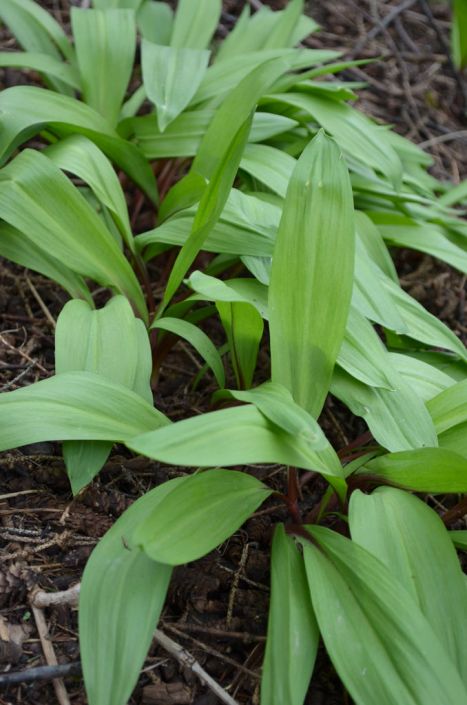Ramps ( Wild Leek ) Seeds
Useful gardening information
As one of the first plants to emerge in the spring, ramps were traditionally consumed as the season's first "greens". They were considered a tonic because they provided necessary vitamins and minerals following long winter months without any fresh vegetables. Traditions evolved around the annual gathering and preparation of this pungent plant. Throughout the mountains of the eastern U.S., including many western North Carolina counties, annual spring ramps festivals are held.
Ramps grow naturally under a forest canopy of beech, birch, sugar maple, and/or poplar.
Other forest trees under which ramps will grow include buckeye, linden (basswood),
hickory, and oak. A forested area with any of these trees present provides an ideal
location for planting a ramp crop. Areas that host trillium, toothwort, nettle, black
cohosh, ginseng, bloodroot, trout lily, bellwort, and mayapple should be suitable for
growing ramps. If there is not a wooded area available to grow ramps, a shade
structure can be erected over the planting site.
Hardy for zones 3-8.
Here is an excellent webapge about How to Forage and Eat Wild Leeks that has a lot of useful information.
Sowing Instructions

( Allium tricoccum )Considered by many to be the best tasting member of the onion family.
The leaves are are very tender early in the Spring and the bulb is edible year round, though they can toughen up in the summer.
Broad, smooth, light green leaves, often with deep purple or burgundy tints on the lower stems begin arriving in small troops as soon as the snow disappears.
For more Ramp/Leek varieties, all in stock and ready to ship, visit our Ramps/Leeks seed page.

